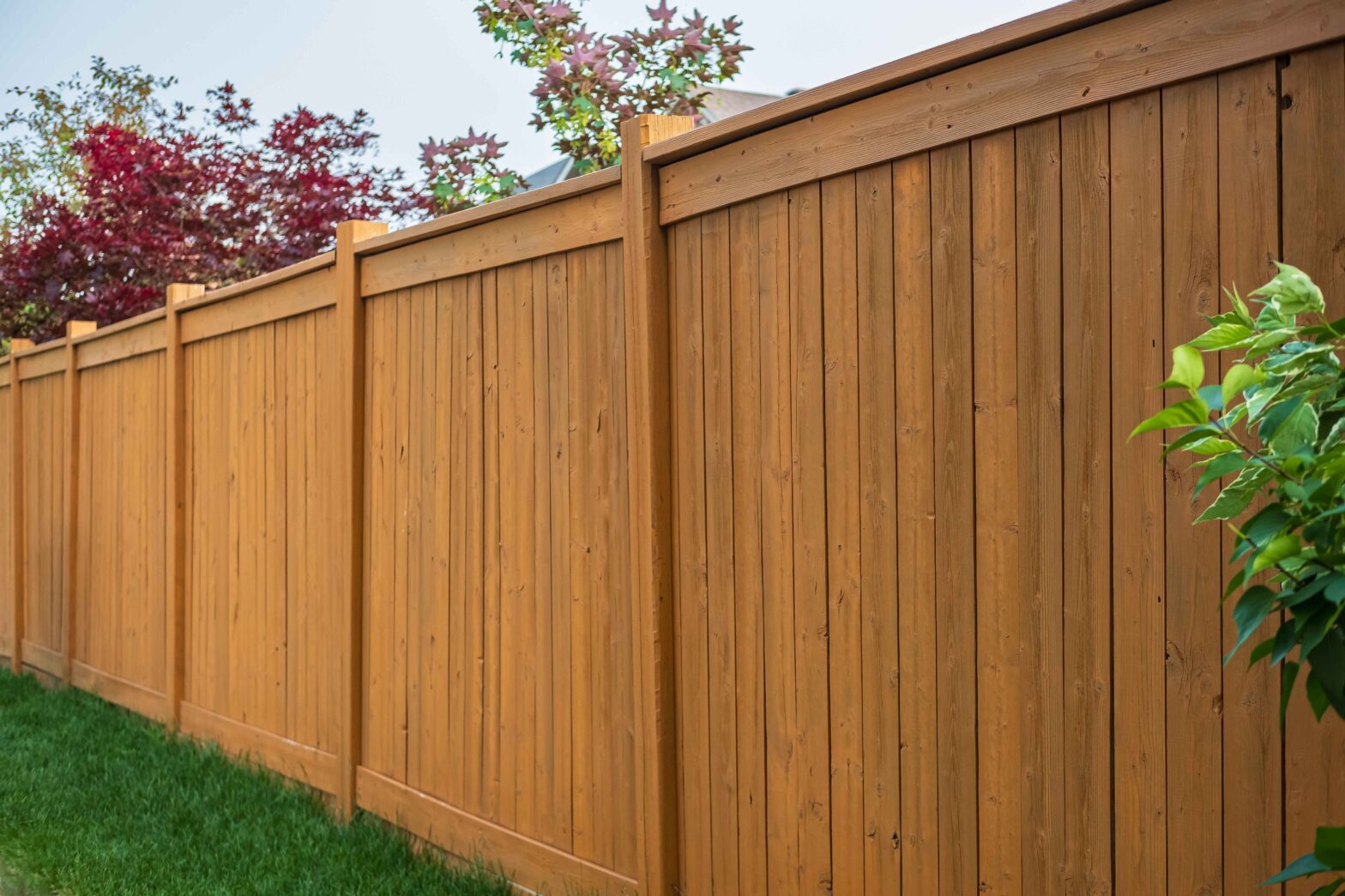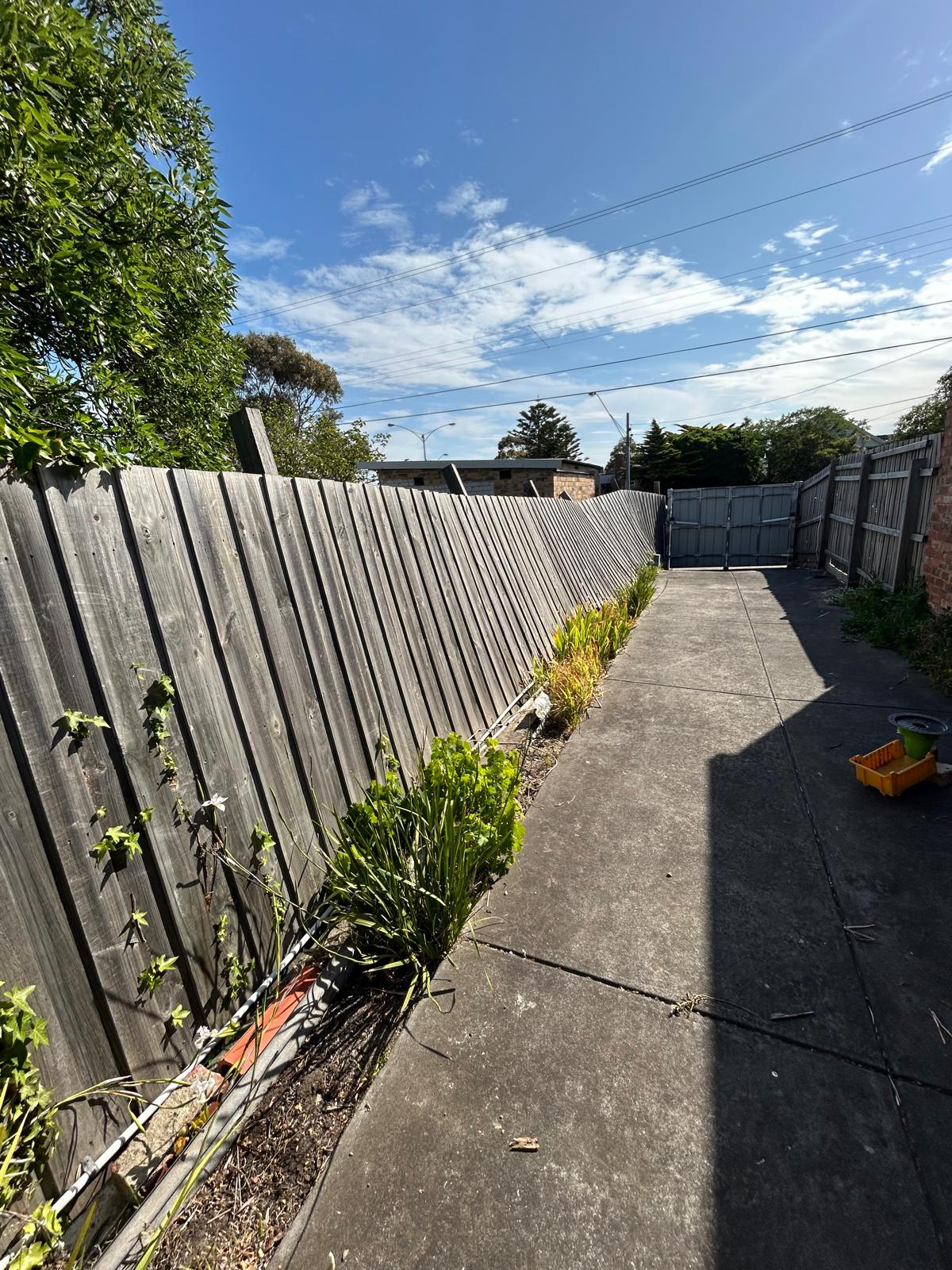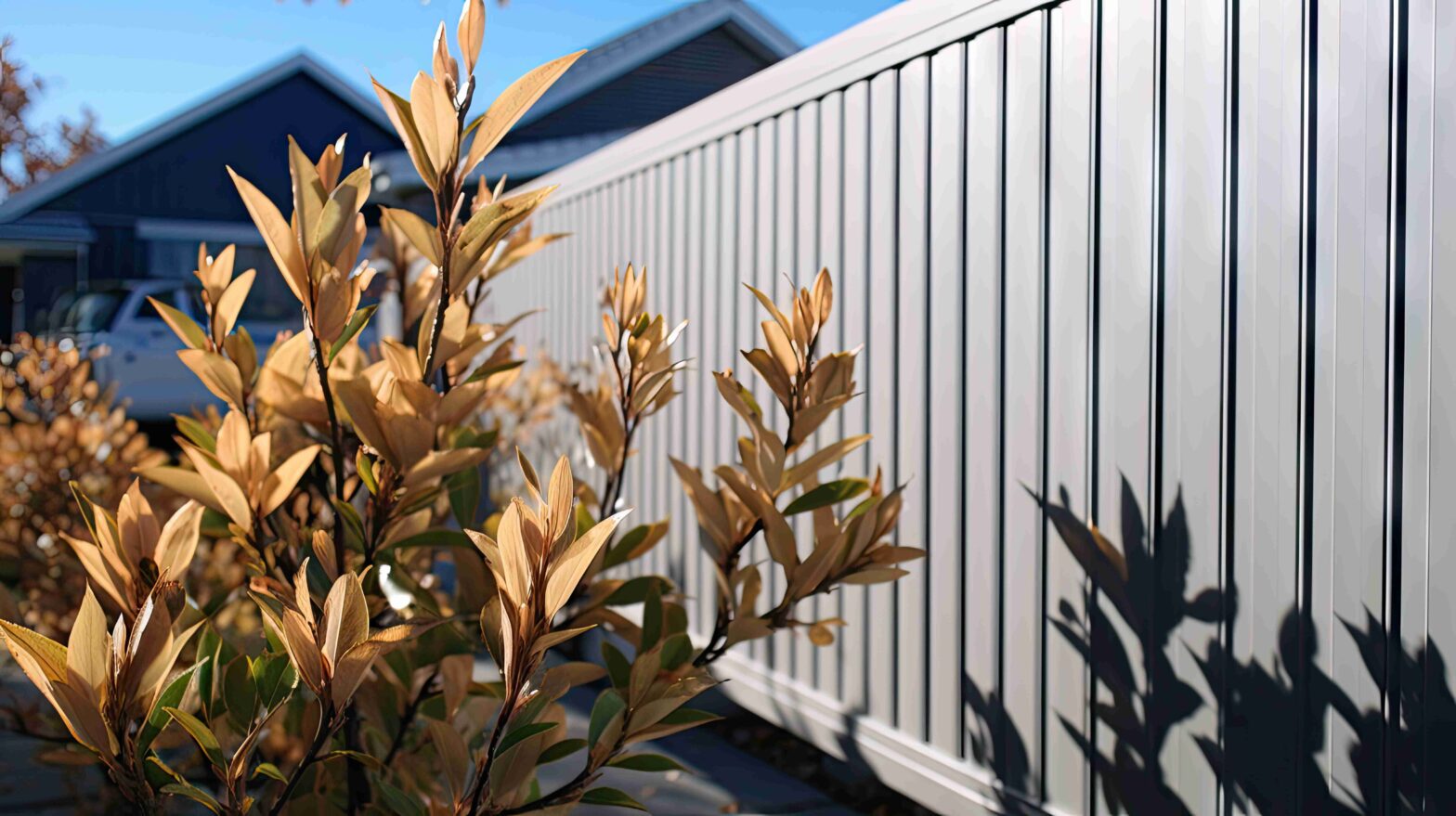Factors Influencing Timber Fence Longevity
Trees are known to survive for thousands of years, with the oldest tree still standing being more than 5,000 years old. If you think about it, their features allow them to withstand the elements and thrive, from their roots absorbing water and nutrients to their bark shielding their interior from harsh weather conditions and hungry animals.
Once they’re turned into timber, they lose all these features. As such, timber producers treat the material to be able to withstand the elements and insect infestation. The finished product then makes its way to various applications, including timber fences. How long the wood fences will last is based on the following:
Wood Type
The wood used for timber fences falls into one of two types: hardwood and softwood. Hardwood species are more resilient due to their complex structure and density but require more effort to process into usable timber. Meanwhile, softwoods don’t have the hardiness of their hardwood siblings, but some softwood species are known to be just as resilient.
Many timber fence builds use both types: hardwood for the posts and softwood for the plinth boards and other parts. As such, it isn’t unusual for the softwood boards to show signs of deterioration first.
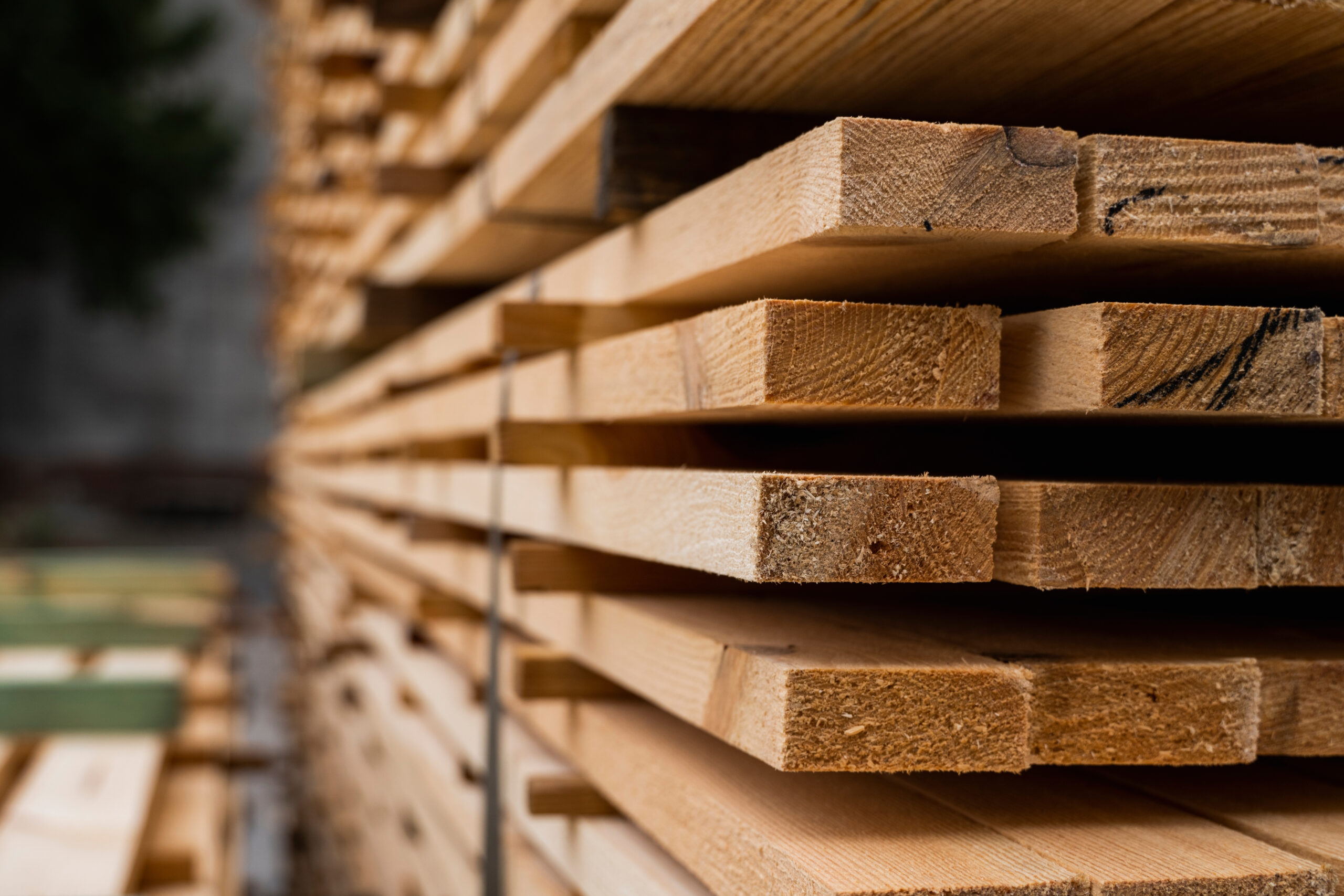

Local Climate
Despite their treatment, timber fences can still degrade from constant exposure to the elements over time. Without waterproofing measures, the wood can still absorb water, whether as rain or runoff. Just as mould at home, moisture inside the wood can serve as a breeding ground for unwanted growth and decay. Such problems can eat through the wood and cause the fence to fail.
This makes timber fences one of the most maintenance-intensive wood fencing options in the market. Homeowners need to inspect their timber fences from time to time to be made aware of problems.
Pest Activity
The chemical treatment used on timber is toxic to most pests, especially its greatest nemesis – termites. However, this doesn’t make them completely pest-proof. Instead of feeding on the treated part of the timber, they can tunnel their way to the heartwood, which the treatment usually doesn’t reach. Without effective pest control, your timber fence might fail too early in its life.
Termites aren’t the only ones you need to look out for. Other insects that damage timber include carpenter ants, carpenter bees and powder post beetles.
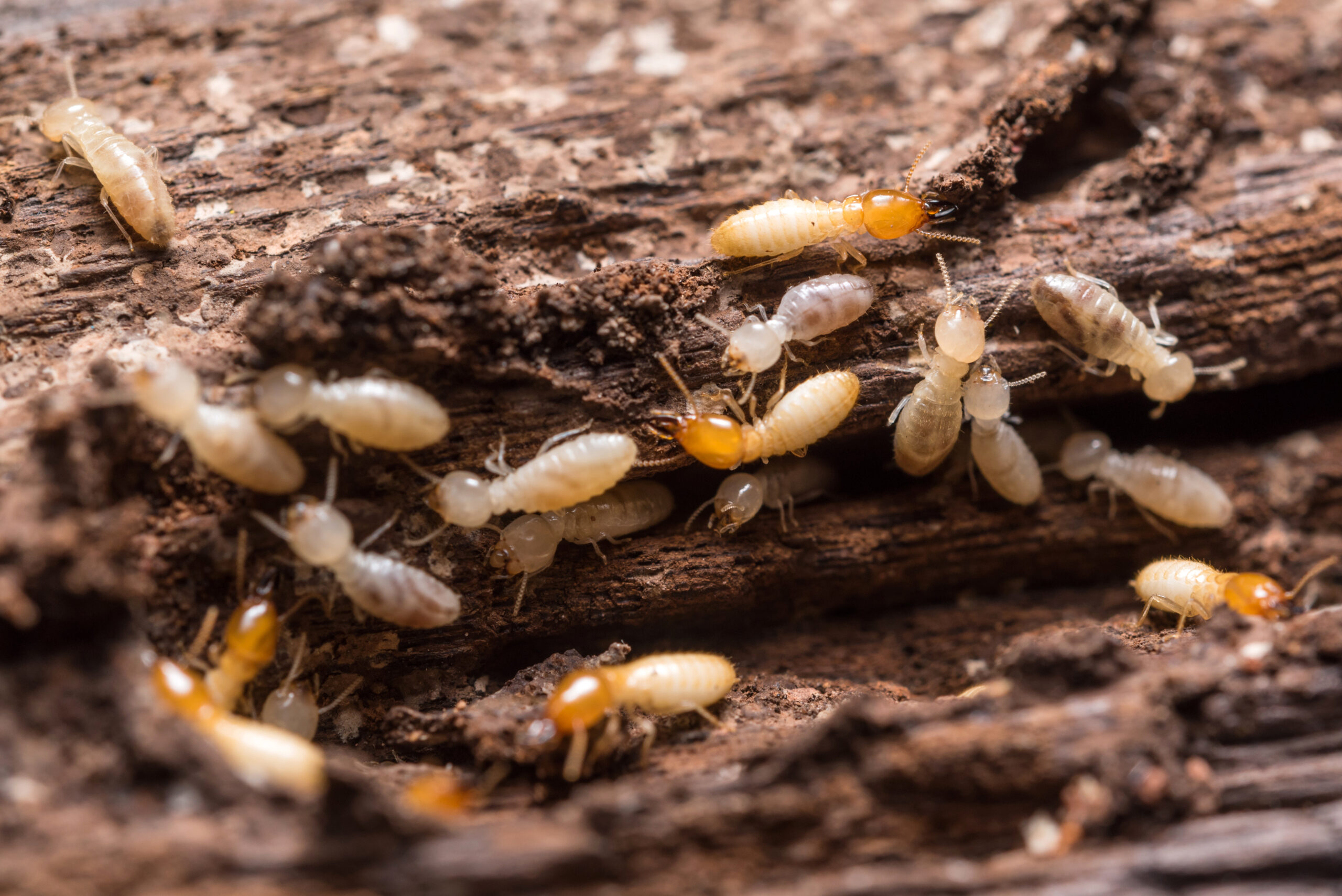

Fencing Workmanship
Erecting wooden fences isn’t as simple as shoving fence posts to the earth and attaching the panels. As explained in our previous post on replacing a fence, the process requires various tools and fencing materials. The necessary steps don’t make it any less complicated, not to mention the time required for the concrete footing and caulk to cure.
If you’re confident about your expertise in installing wooden fences or leaving the job to a pro, then a timber fence being short-lived won’t be a concern for you. However, remember that one mistake can turn the wooden fence into a huge money sink.
Maintenance
As mentioned earlier, a timber fence can last upwards of 20 years with enough TLC. This involves keeping an eye out for even the subtlest signs of damage or decay and washing dirt off the fence, among others. There’s no exact answer on how frequently fence maintenance should be done, but experts agree that it should be every few years or as soon as the signs manifest.

Tips on Extending Your Timber Fence’s Lifespan
Whether lasting 15 or over 20 years, it’s in every homeowner’s interest to make their timber fencing last for as long as necessary. Here are several tips on how to achieve this.
- Reseal the fence as needed. Regardless of how much rain your place gets, sealing the fence with waterproofing is always a good idea. Remember to reapply the agent whenever you don’t notice water drops forming on the surface and after giving the timber fence a good wash.
- Work with a pest control expert. If your house has a major pest infestation issue, consider calling a pest control expert to develop a plan. The best strategy to keep pests away from your fence is to keep them away from the rest of your property.
- Trim vegetation near the fence regularly. Tall grass and dense shrubbery can hide insects that can go for your timber fence. Regular mowing and trimming can deprive them of a haven to propagate.
- Ensure runoff drains away from the fence posts. Timber fence designs take drainage into consideration, but the system can get clogged from time to time. Take time to clear it out and re-apply caulk if necessary.
- Repair visible damage as soon as possible. This tip is important following a storm or cyclone, as timber can’t resist impact as much as steel. Signs of damage, such as splinters and holes, should be patched up as soon as possible. Otherwise, these flaws can grow worse as they’re continually exposed to the elements.
A timber fence that remains beautiful and sturdy long enough for your kids or grandkids to marvel at is a good timber fence. If they keep diligently maintaining it just as you did, the new fence will be able to see more years ahead.
Keep up with the latest from Grays Fences & Gates
Subscribe to our blog and get latest news, inspiration, and resources delivered directly to your inbox.
